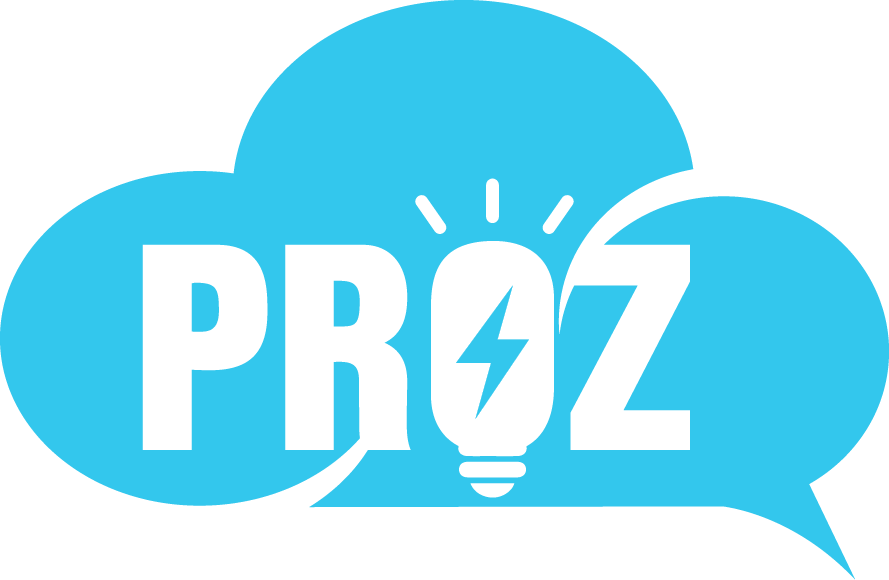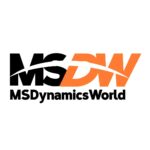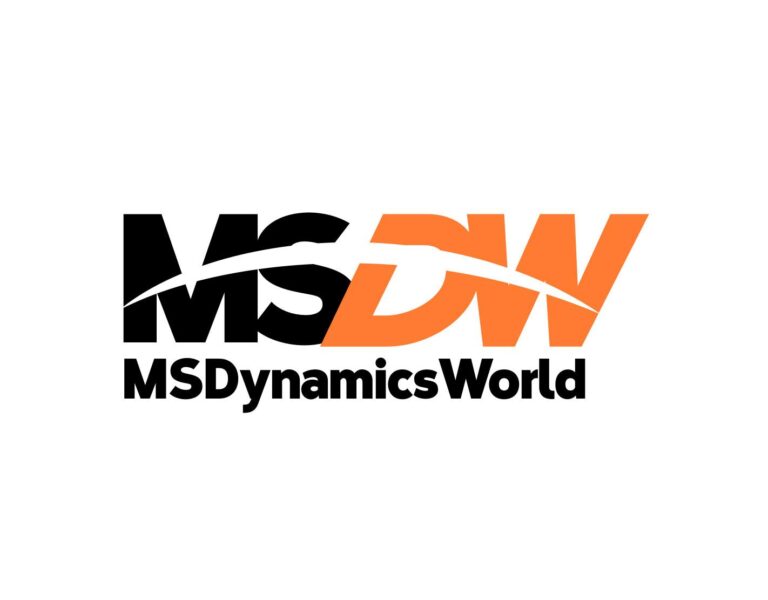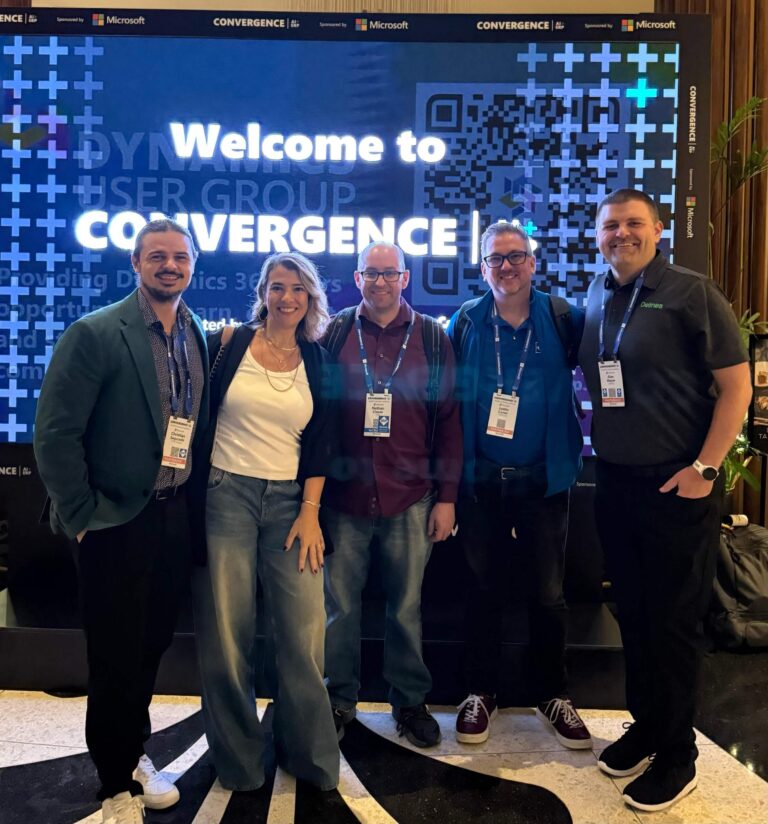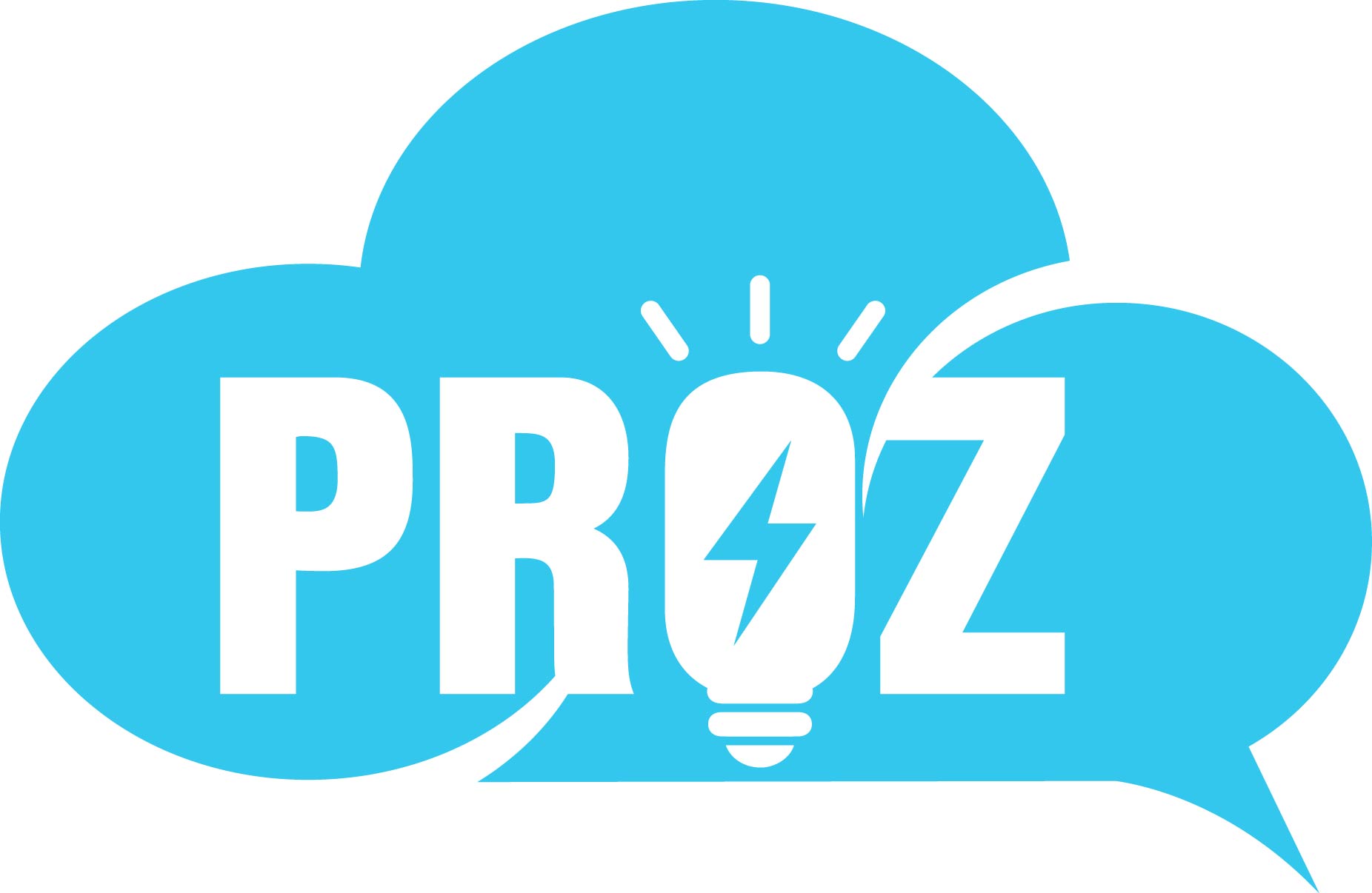Fleet and delivery management has become more complex due to rising consumer expectations, fuel costs, and logistics disruptions. In fact, according to Deloitte, 79% of logistics companies cite rising customer demands as a top challenge, while Statista reports a 28% increase in fuel prices over the past two years. Additionally, Capgemini Research found that 74% of organizations face supply chain visibility issues, leading to delivery delays and inefficiencies. To overcome these obstacles, companies need advanced tools that ensure seamless coordination. A reliable solution combines Salesforce with IoT Tracking Integration, providing real-time insights, improving planning accuracy by 25%, and reducing delivery errors by up to 30%.
This article explains how a Salesforce Development Company can build smart fleet solutions by integrating IoT technologies. It highlights the technical benefits, provides real-world use cases, and shows how this approach reduces costs and boosts delivery performance by up to 20%.
What is Fleet and Delivery Management?
Fleet and delivery management refers to managing vehicles, drivers, routes, and cargo for transportation businesses. The goal is to ensure timely delivery, reduce fuel usage, and maintain service quality.
Key tasks in delivery management:
- Assigning vehicles and drivers
- Tracking vehicle location and status
- Managing delivery schedules
- Handling delays and route changes
- Maintaining vehicles and compliance records
Traditional systems rely on manual tracking, phone calls, and paperwork. This results in delays, miscommunication, and lack of visibility.
Why Use Salesforce for Fleet and Delivery?
Salesforce offers a cloud-based platform with CRM, workflow automation, AI tools, and mobile access. By using Salesforce, companies can manage customers, deliveries, and fleet operations in one system.
Key advantages of using Salesforce:
- Centralized dashboard for delivery and customer data
- Real-time driver and vehicle assignment
- Automated alerts and notifications
- Integration with maps and route planning tools
- Mobile access for field teams and drivers
Salesforce can connect with external systems using APIs. This makes it easy to link IoT tracking devices and sensors.
What is IoT Tracking Integration?
IoT Tracking Integration involves connecting IoT sensors to a software platform. These sensors collect data from vehicles and send it in real-time to Salesforce.
Common IoT devices used:
- GPS trackers
- RFID tags
- Fuel sensors
- Temperature sensors (for cold chain)
- Vehicle diagnostics systems (OBD-II)
Data collected from these devices:
- Location and route information
- Speed and driving behavior
- Engine health and fuel level
- Door status (open/closed)
- Delivery time and ETA
This real-time data helps in making fast decisions and reduces downtime or delivery delays.
Role of a Salesforce Development Company
A Salesforce Development Company customizes Salesforce for fleet management. They integrate IoT devices, develop dashboards, and automate workflows.
Key responsibilities include:
- Connecting Salesforce with GPS and IoT devices
- Building custom delivery tracking modules
- Creating dashboards for live vehicle monitoring
- Setting up alerts for delays, route changes, or engine faults
- Automating maintenance schedules and fuel reporting
Hiring the right development team ensures stable performance and accurate data syncing.
Technical Architecture of IoT and Salesforce Integration
The system architecture includes multiple components that work together to manage fleet data.
Components involved:
- IoT Devices: Installed on vehicles to track position, fuel, and conditions.
- IoT Gateway: Sends data from sensors to cloud platforms.
- Middleware/API Layer: Translates and pushes data into Salesforce using REST or MQTT protocols.
- Salesforce Custom App: Receives, processes, and displays the data in dashboards.
This setup allows real-time alerts and historical reports on delivery patterns.
Benefits of IoT-Integrated Salesforce in Fleet Management
1. Real-Time Vehicle Monitoring
Managers can track vehicle position and speed every few seconds. This helps in rerouting during traffic or weather issues.
2. Fuel and Maintenance Tracking
Fuel sensors and OBD-II data allow companies to detect fuel theft or engine issues early.
3. Driver Performance Monitoring
Speeding, sudden braking, or idling can be tracked and flagged. Companies can train drivers to follow safer driving habits.
4. Route Optimization
Historical data helps in planning better delivery routes based on traffic and delivery history.
5. Delivery Accuracy and Transparency
Customers can receive real-time delivery updates. It improves trust and reduces failed deliveries.
Use Cases from the Industry
Case 1: Cold Chain Delivery for Pharmaceuticals
A medical logistics firm used temperature sensors in their delivery vans. The sensors reported temperature data to Salesforce every 2 minutes. If the temperature exceeded a limit, the system notified the control room. This helped avoid vaccine spoilage and improved delivery compliance.
Case 2: Food Delivery Fleet
A restaurant chain used GPS trackers and RFID tags. Salesforce displayed real-time delivery status, reduced order confusion, and improved customer satisfaction.
Case 3: Industrial Spare Parts Delivery
A parts supplier used IoT sensors to track vehicle load and location. Salesforce dashboards helped dispatch teams plan pickups and deliveries efficiently.
Challenges in Integration
1. Handling High Data Volume and Speed
IoT devices generate data continuously—every second, every movement, and every sensor change is recorded. For a fleet with hundreds of vehicles, this results in millions of data points daily. Without proper architecture, the system can slow down, crash, or miss key updates.
2. Ensuring Sensor Data Accuracy
IoT sensors can give false data due to issues like poor installation, electrical interference, or low battery levels. For example, a GPS device may show the wrong location if the signal is weak or obstructed by buildings.
3. Customization for Specific Logistics Workflows
Not all fleets are the same. For instance, a cold chain fleet needs temperature alerts, while an e-commerce fleet focuses on delivery time accuracy. A generic system can’t meet every business need.
Security and Compliance
Data from IoT devices must be protected from misuse. Also, vehicle and customer information is sensitive.
Recommended security steps:
- Use SSL encryption between devices and Salesforce
- Implement multi-factor authentication for dashboard access
- Set role-based access control in Salesforce
- Regular audits for device and user activity
For industries like pharmaceuticals or food, compliance with FDA or FSSAI is essential.
Future Trends in Fleet Management
1. AI-Driven Maintenance Predictions
AI algorithms can analyze patterns in IoT data to predict equipment or engine failures before they happen. This prevents unexpected breakdowns and reduces vehicle downtime.
2. Support for Autonomous Delivery Systems
Autonomous vehicles and drones are gaining popularity in logistics. These systems require real-time communication, route planning, and event handling without human involvement.
3. 5G and Faster Tracking Solutions
Traditional 3G/4G networks often have latency or limited bandwidth, especially in rural areas. 5G networks offer:
- Lower latency (less than 1 ms)
- Higher data throughput
- More reliable connections
Choosing the Right Salesforce Development Company
Look for a company with experience in:
- Fleet and logistics workflows
- Real-time IoT integrations
- Mobile app development for drivers
- Industry-specific compliance handling
Ask for proof-of-concept projects and case studies. Ensure they provide training and long-term support.
Conclusion
Combining Salesforce and IoT Tracking Integration creates a smart, efficient fleet and delivery system. Businesses gain full control over their delivery lifecycle with real-time insights and accurate tracking. A reliable Salesforce Development Services can help implement and customize this system for your fleet operations.
